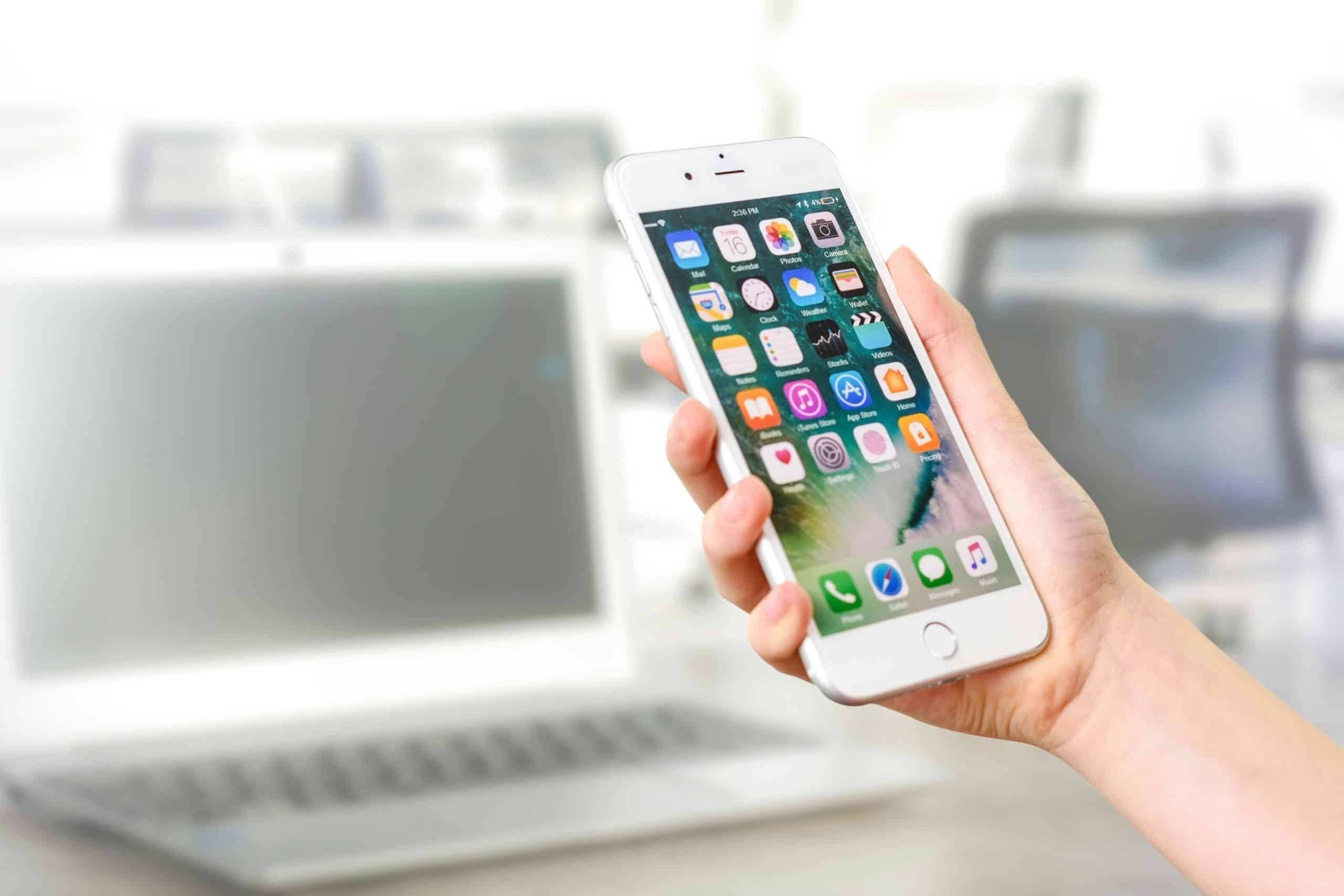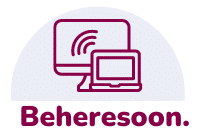
How to Use Your Smartphone to Create a Custom Work-from-Home Setup?
In today's fast-paced digital age, remote work has become the norm for many professionals. As we navigate this transition, having a well-organized and efficient work-from-home setup is essential. One often overlooked tool in this process is your smartphone. Whether you own an Apple device or a Google Pixel, your phone can be instrumental in creating a tailored work environment that boosts productivity and comfort.
Optimizing Your Home Screen for Work
Your home screen is the first point of interaction with your phone, so optimizing it for work can significantly enhance your productivity. Here’s how to set it up:
A voir aussi : What Are the Techniques for Using Your Smartphone to Optimize Home Energy Consumption?
A clutter-free home screen with only the essential work apps can help reduce distractions. Start by removing any non-work-related icons from your home screen. You can still access these apps from the app drawer or through the Google Assistant if needed.
Next, add widgets that provide at-a-glance information. For instance, having a calendar widget on your home screen can help you keep track of meetings and deadlines without needing to open the app.
Sujet a lire : How to Configure Your Smartphone for Enhanced Privacy and Security Settings?
Consider using folders to organize your work apps. Grouping related apps together can make it easier to find what you need quickly. For example, create a folder for communication apps like Slack, Zoom, and Microsoft Teams.
Lastly, many smartphones allow you to customize the home screen's layout. You can adjust the grid size to fit more apps or widgets, or change the wallpaper to something that inspires productivity.
By optimizing your home screen, you set the stage for a more organized and efficient workday.
Leveraging Your Work Profile and App Drawer
Creating a clear divide between your personal and professional life is crucial when working from home. One effective way to achieve this is by using your phone’s work profile feature.
A work profile essentially creates a separate space on your device where all your work apps and data reside. This means you can easily switch between your personal and work environments without the clutter. Both Google and Apple offer this functionality, though the setup process may differ slightly.
To set up a work profile on an Android device, navigate to Settings, then Accounts, and Add Work Profile. Follow the prompts to configure your work profile. On an Apple device, you can use the Screen Time and Focus features to create a similar effect.
Using the app drawer, you can organize your work apps logically. By default, the app drawer lists all installed apps alphabetically. However, you can create custom categories within the app drawer for better organization.
Additionally, consider using app shortcuts and gestures. Many smartphones allow you to create shortcuts for specific actions within an app. For example, you can set a shortcut to directly open a new email in your mail app.
By properly utilizing your work profile and app drawer, you can ensure a clear separation between professional and personal activities, making your home office more efficient.
Integrating Smart Home Devices into Your Work Setup
Incorporating smart home devices into your work-from-home setup can further enhance productivity and comfort. Devices like Google Home and Apple HomePod can be used to streamline various aspects of your workday.
For example, you can use a Google Home device to control your lights, thermostat, and even your standing desk. By setting up routines in the Google Home app, you can automate these tasks. For instance, you could create a routine that turns on your lights, sets your thermostat to a comfortable temperature, and raises your standing desk to the correct height at the start of your workday.
Google Assistant can also be a valuable tool in your home office. You can use voice commands to schedule meetings, send messages, or even find information quickly without having to switch between devices. This hands-free capability can help you stay focused on your tasks while managing other aspects of your work environment.
Moreover, integrating your phone with other smart home devices like smart plugs or cameras can provide additional convenience. For instance, you can use a smart plug to turn off your work equipment at the end of the day, ensuring that you truly disconnect from work.
By leveraging smart home devices, you can create a more efficient, comfortable, and integrated work-from-home setup.
Utilizing Productivity Apps and Google Assistant
Your smartphone is a powerful tool loaded with apps designed to boost productivity and streamline your work processes. Leveraging these productivity apps along with Google Assistant can help you manage tasks more efficiently.
Start by exploring the variety of productivity apps available on your device. These might include task managers like Todoist, project management tools like Trello, and note-taking apps like Evernote. Each app serves a specific purpose, from managing your to-do list to collaborating with team members.
Google Assistant can further enhance your productivity by offering hands-free assistance. For example, you can ask Google Assistant to set reminders, schedule meetings, or even dictate notes. This allows you to keep your hands free while still managing essential tasks.
Additionally, many productivity apps integrate with Google Assistant, providing even more functionality. For instance, you can use voice commands to add tasks to your to-do list or update project timelines. This integration can help you stay on top of your responsibilities without needing to navigate through multiple apps.
Another useful feature is the ability to set up custom routines with Google Assistant. These routines can automate repetitive tasks, making your workday more efficient. For example, you could create a routine that starts with a morning briefing from Google Assistant, including your schedule, important emails, and any upcoming deadlines.
By utilizing productivity apps and Google Assistant, you can create a more organized and efficient work-from-home environment.
Creating a Comfortable and Ergonomic Home Office
A comfortable and ergonomic home office setup is vital for maintaining productivity and preventing physical strain. Your smartphone can play a key role in achieving this by providing tools and resources to enhance your workspace.
Firstly, consider using apps that offer ergonomic advice and exercises. Apps like Ergonomics or Stretchly can guide you through proper posture techniques and suggest regular breaks to prevent strain. These apps can send notifications to remind you to adjust your seating position or take a short walk.
Your smartphone can also help you monitor and adjust your environment. For instance, using the Google Home app, you can control home devices like lights and thermostats to create a comfortable working atmosphere. Smart lighting can reduce eye strain, while maintaining an optimal room temperature can help you stay focused.
Investing in a standing desk can also be beneficial, and there are apps available to help you get the most out of it. Apps like Stand Up! remind you to switch between sitting and standing at regular intervals, promoting better posture and reducing the risk of health issues associated with prolonged sitting.
Lastly, your smartphone camera can be used to assess your workspace. Take photos or videos of your desk setup and compare them against ergonomic guidelines available online. This visual feedback can help you make necessary adjustments to improve your workstation.
By integrating ergonomic principles and utilizing your smartphone’s capabilities, you can create a home office that supports both your physical and mental well-being.
Your smartphone can be a powerful ally in creating a custom work-from-home setup that enhances productivity, comfort, and efficiency. By optimizing your home screen, leveraging your work profile and app drawer, integrating smart home devices, utilizing productivity apps and Google Assistant, and ensuring an ergonomic workspace, you can transform your home office into a well-organized and efficient work environment.
As we continue to navigate the evolving landscape of remote work, taking advantage of the tools and features available on your smartphone will help you stay ahead and maintain a healthy work-life balance.
